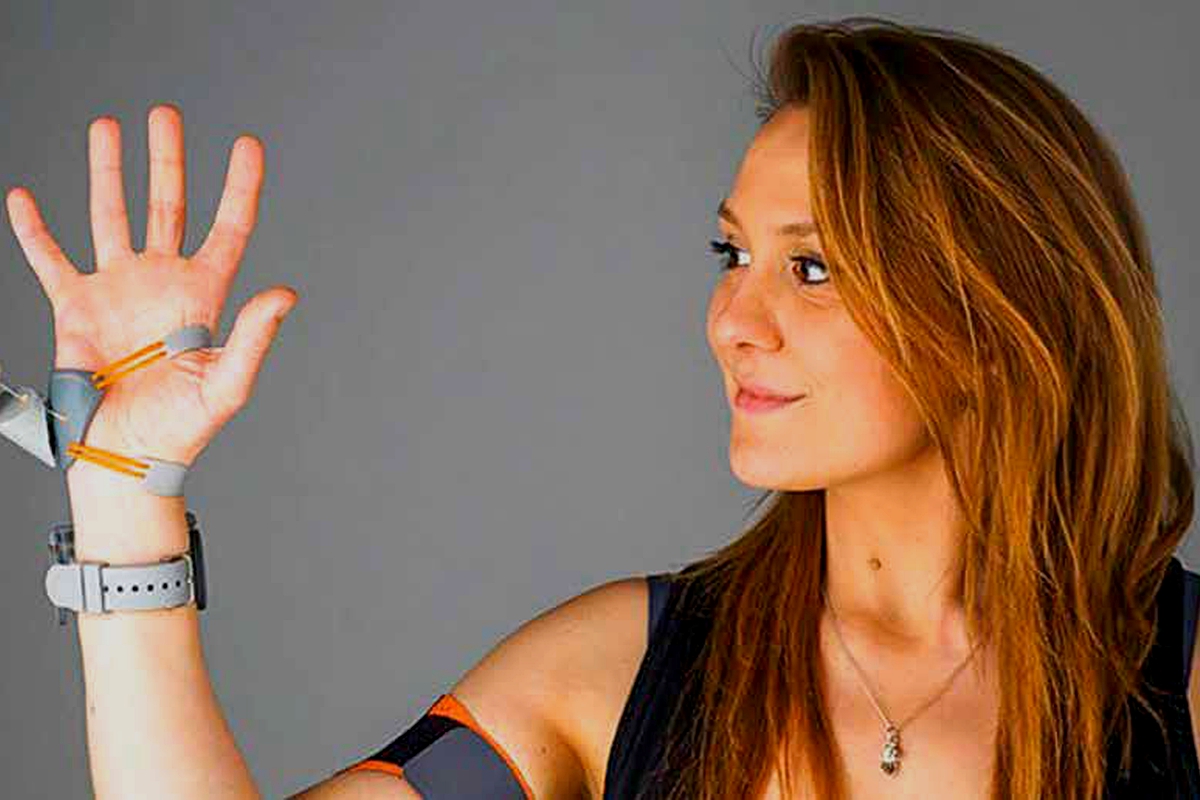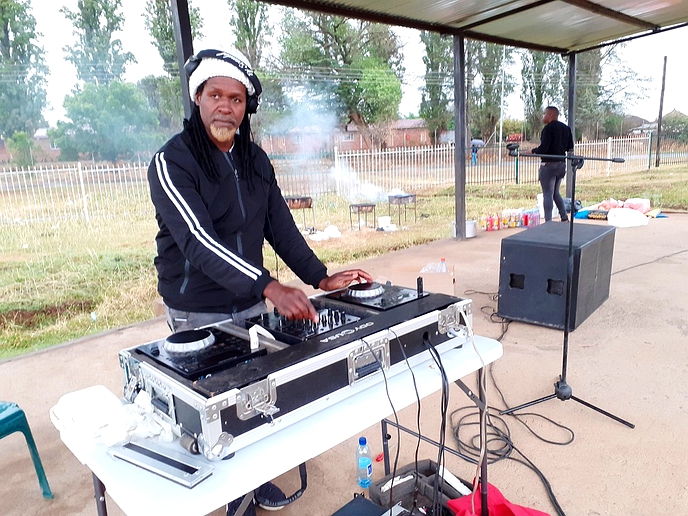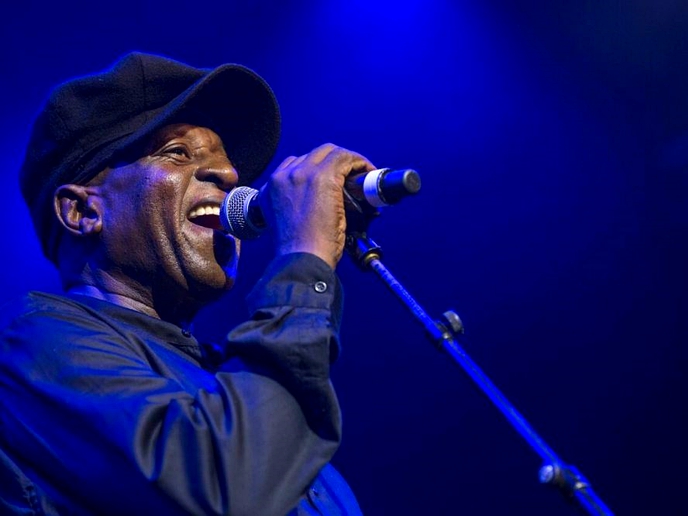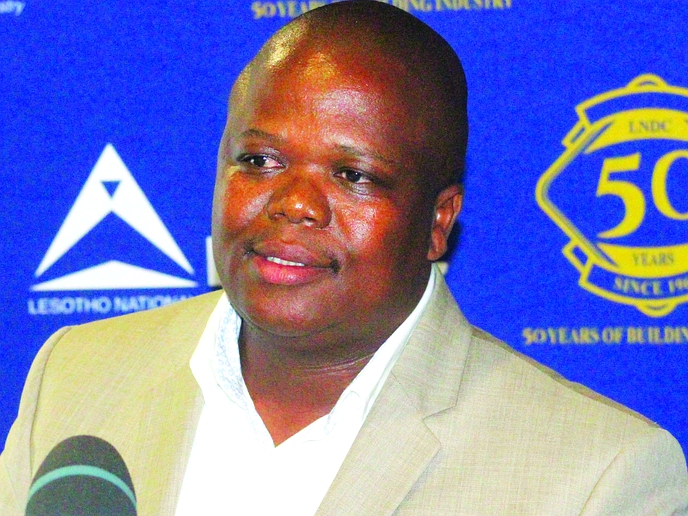What would you do with an extra thumb? Master that tricky guitar chord? Become a volleyball pro, perhaps, or an expert shadow puppeteer? Scientists and engineers have long been interested in augmenting the human body with extra limbs or fingers.
society
Aug. 13, 2020
JAMES LLOYD
2 min read
‘Third thumb’ human augmentation rewires the brain

We’ve previously seen drummers with three arms, and robotic sixth fingers for stroke patients. Now, a project called The Third Thumb has shown how the brain adapts to an extra body part. The Third Thumb is the work of Dani Clode, a designer and researcher at University College London’s Plasticity Lab. Her device is a 3D-printed prosthetic that is controlled by the feet.
Pressure sensors underneath the big toes detect movement and relay that information via Bluetooth to a watch strap, which is equipped with two motors that control the thumb via Bowden cables similar to those used in bike brakes. The lexible thumb has two degrees of freedom (each controlled by a big toe), and it moves uncannily like the real thing.
In a recent study published on the preprint server bioRxiv (an online archive of studies that are yet to be peer-reviewed or published in a journal), Clode and her colleagues investigated what happens in the brain when people gain an extra digit. Over five days, they trained volunteers to use the thumb, asking them
Enjoy our daily newsletter from today
Access exclusive newsletters, along with previews of new media releases.
to complete tasks such as building Jenga towers, picking up wine glasses, and scooping marbles out of cups. Before and after the training, the volunteers had their brains scanned using fMRi (functional magnetic resonance imaging).
The researchers’ focus was on a particular region of the brain called the ‘primary sensorimotor cortex’, which is activated when we move our fingers. They wanted to find out whether training with the thumb could affect this region.
And their preliminary results suggest that it can - after training, a volunteer typically showed fewer differences between the brain activity patterns for individual fingers. In other words, the finger activity patterns were less defined, which suggests that training with the thumb weakened the hand’s representation in the brain.
This is an example of the brain’s plasticity - its ability to rewire itself when faced with new experiences or situations. More research is needed to understand why these brain changes take place, and what their effect might be.
The findings will be of great interest to those developing the next generation of brain-controlled prosthetic devices. This technology “critically relies on our brain’s ability to learn, adapt and interface with these devices,” write the researchers.
“Importantly, though, such successful human-robot integration may have consequences on some aspects of body representation and motor control which need to be considered and explored further.”






